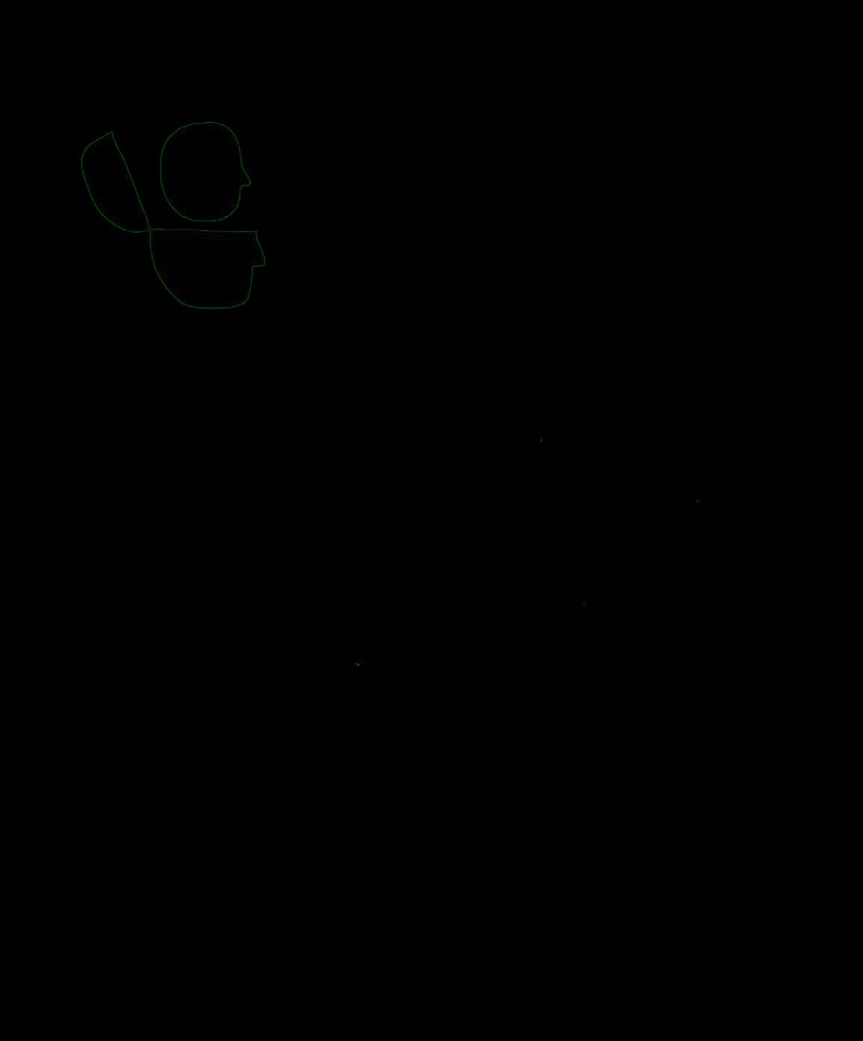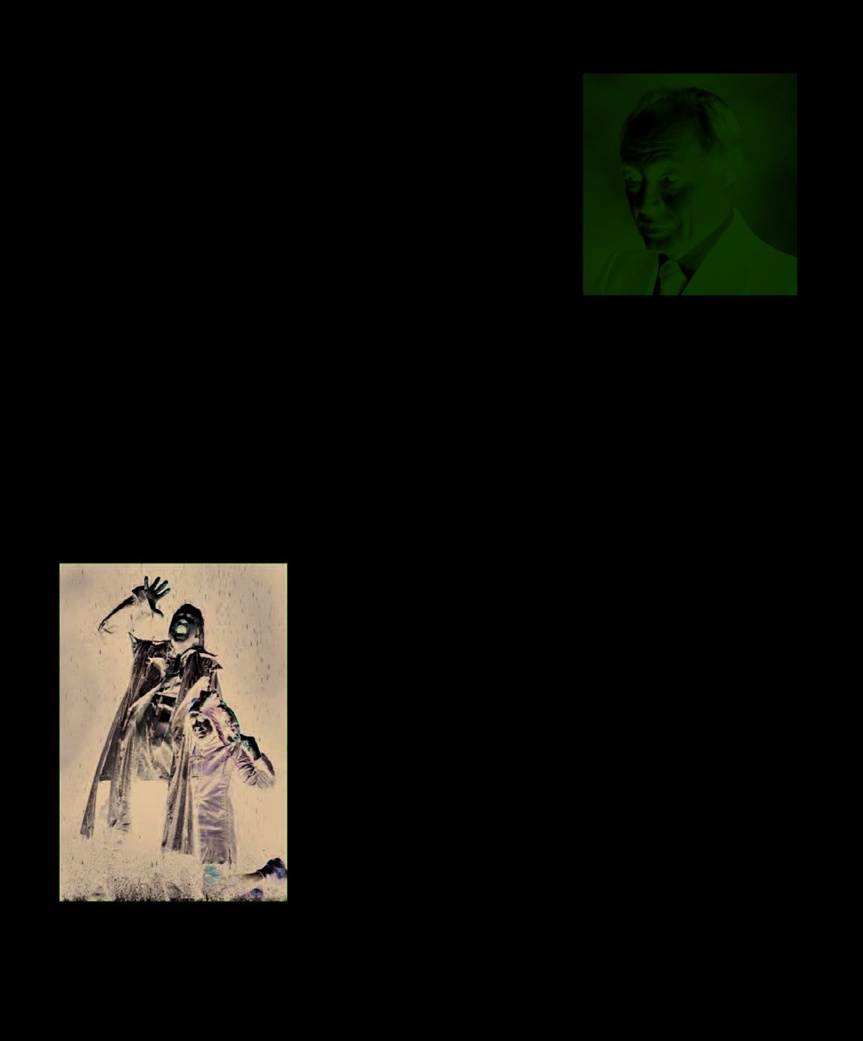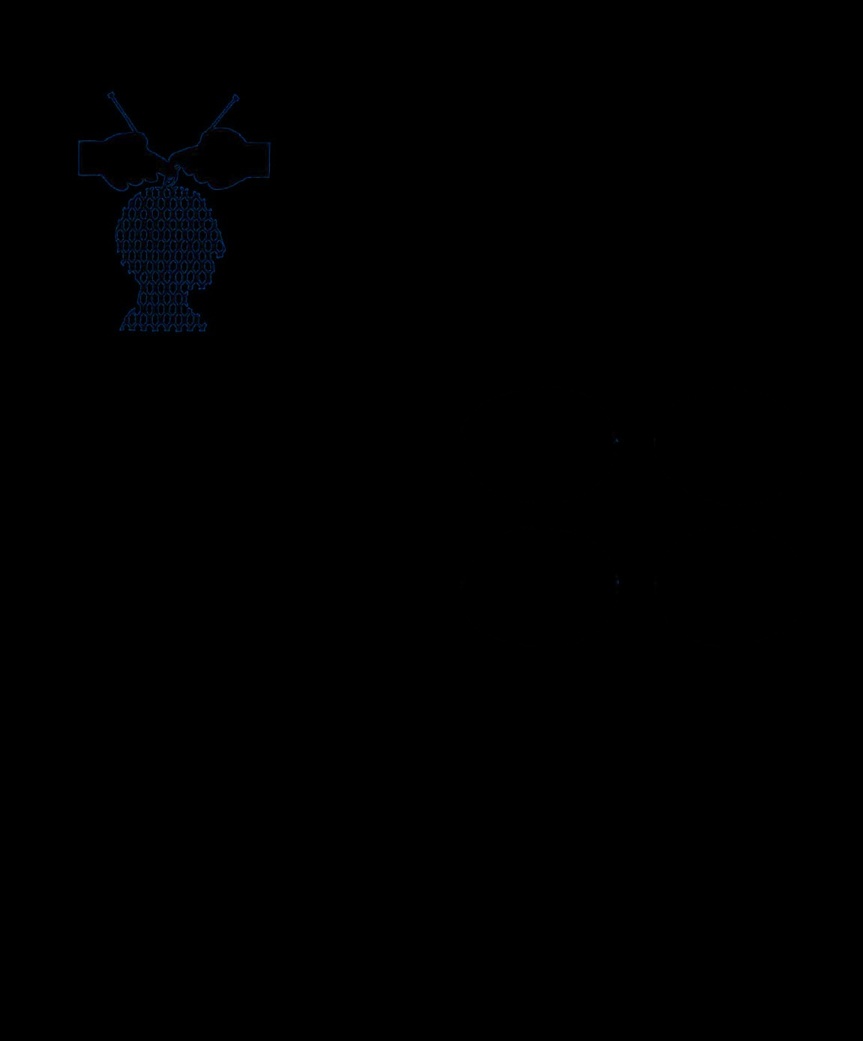The Psychology Book (47 page)
Read The Psychology Book Online
Authors: Unknown

and tackles specific problems more
a person’s present behavior.
as “insight.” For example, a man
directly in order to achieve quicker
who grieves for an abnormally long
results. But he also felt that for any
1938
B.F. Skinner introduces
time after his partner leaves him
therapy to succeed, it must offer the
“radical” behaviorism, which
might come to realize that he has
patient a supportive relationship. ■
does not accept that thinking,
deep issues with abandonment,
perception, or any other kind
because his mother left him when
of unobservable emotional
he was a child. But a number of
activity can trigger a particular
therapists have concluded that
pattern of behavior.
insight may be unnecessary to
counter emotional pain, and some,
AFTER
including Watzlawick, have claimed
Anybody can
be
happy, but
1958
American psychiatrist
that it can make a patient worse.
to
make
oneself unhappy
Leopold Bellak sets up a brief
Watzlawick famously stated he
needs to be learned.
therapy clinic, where therapy
could not think of a single case in
Paul Watzlawick
is limited to a maximum of
which someone changed as a result
five sessions.
of a deepening understanding of self.
The belief that understanding past
1974
US psychotherapist
events helps to shed light on present
Jay Haley publishes
problems is based on a “linear” view
Uncommon Therapy
,
describing Milton Erickson’s
See also:
B.F. Skinner 78–85 ■ Elizabeth Loftus 202–07 ■ Milton Erickson 336
brief therapy techniques.

150
MADNESS NEED NOT
BE ALL BREAKDOWN
IT MAY ALSO BE
BREAK-THROUGH
R.D. LAING (1927–1989)
IN CONTEXT
Mental illness is
not
Psychosis
is a valid
APPROACH
biological
; it is developed
and understandable
Anti-psychiatry
through
difficult
expression of distress
.
social interactions
.
BEFORE
1908
Swiss psychiatrist
Eugen Bleuler coins the term
“schizophrenia” to refer to the
splitting of mental functions.
1911
Sigmund Freud proposes
Psychiatry wrongly
Mental illness should be
that schizophrenia is purely
stigmatizes
mental illness
valued as a
cathartic and
because it
does not
psychological, though it
transformative
experience.
conform
to social norms.
cannot be treated with
psychoanalysis.
1943
French philosopher
Jean-Paul Sartre introduces
Madness need not be all
the distinction between the
breakdown. It may also be
true self and the false self.
break-through.
1956
Gregory Bateson, British
social scientist, defines a
“double bind” as an emotionally
in dire circumstances. It was from
distressing dilemma in which
A
t the end of the 19th
century, the notion that
this context that R.D. Laing emerged
all the potential resolutions
mental illness was
as the preeminent icon of a new
lead to negative consequences.
different in degree—rather than
cultural trend.
in kind—from the psychological
AFTER
suffering of normal people began
Biology and behavior
1978
CT brain scans reveal
to gain acceptance. Sigmund Freud
Like Freud, Laing challenged the
physical differences between
suggested that neurosis and
fundamental values of psychiatry,
chronic schizophrenics and
normality are part of the same
rejecting its focus on mental illness
non-schizophrenics.
scale, and that anyone is capable of
as a biological phenomenon and
succumbing to mental disturbance
highlighting the significance of the

PSYCHOTHERAPY 151
See also:
Emil Kraepelin 31 ■ Sigmund Freud 92–99 ■ David Rosenhan 328–29
social, cultural, and familial
also hinder the ability to think, and
influences that shape personal
as a result interfere with the natural
experience. Although he never
process of true recovery.
denied the grim reality of mental
illness, his views were in stark
Approach to schizophrenia
contrast to the accepted medical
Laing’s main work centers on the
basis and practice of psychiatry.
understanding and treatment of
Laing’s work calls into question
schizophrenia—a serious mental
the validity of psychiatric diagnosis
disorder characterized by severe
on the grounds that the accepted
disruptions in psychological
process of diagnosing mental
functioning—and on explaining it
R.D. Laing
disorders does not follow the
to ordinary people. Schizophrenia,
traditional medical model. Doctors
he says, is not inherited, but is
Ronald David Laing was born
in Glasgow, Scotland. After
perform examinations and tests to
an understandable reaction to
studying medicine at Glasgow
diagnose physical illness, whereas
unlivable situations. He applies
University, he became a
psychiatric diagnosis is based on
social scientist Gregory Bateson’s
psychiatrist in the British
behavior. According to Laing, there
theory of the “double bind,” in
Army, developing an interest
is also an inherent problem in
which a person is put into situations
in working with the mentally
diagnosing mental illness based on
where he or she faces conflicting
distressed. He later trained at
conduct, but treating it biologically
expectations, and every action
the Tavistock Clinic, London,
with drugs. If a diagnosis is based
leads to negative consequences,
England. In 1965, Laing and a
on behavior, then so too should be
resulting in extreme mental distress.
group of colleagues created the
the treatment. He argues that drugs
Philadelphia Association and
Illness as breakthrough
started a radical psychiatric
Laing was revolutionary in viewing
project at Kingsley Hall,
the abnormal behavior and
London, where patients and
confused speech of schizophrenics
therapists lived together.
as valid expressions of distress. For
Laing’s erratic behavior
and spiritual preoccupations
him, psychotic episodes represent
in later life led to a decline in
attempts to communicate concerns,
his reputation. As he was
and should be seen as cathartic
unable to develop a workable
and transformative experiences
alternative to conventional
that could lead to important
medical treatment, his ideas
personal insights. Laing accepts
are not generally accepted by
that these expressions are difficult
the psychiatric establishment.
to comprehend, but he explains
Yet his contributions to the
that this is merely because they
anti-psychiatry movement,
are wrapped in the language of
particularly in family therapy,
personal symbolism, which is only
have had a lasting impact. He
meaningful from within. Laing’s
died of a heart attack in 1989.
drug-free psychotherapy tries
to make sense of a patient’s
Key works
symbolism by listening in an
1960
The Divided Self
attentive and empathetic spirit.
Shakespeare’s King Lear
is an
1961
The Self and Others
This is based on the belief that
iconic example of a man driven mad
1964
Sanity, Madness and
by difficult circumstances. In Laing’s
people are healthy in their natural
the Family
view, Lear’s madness is an attempt to
state, and that so-called mental
1967
The Politics of Experience
return to his natural, healthy, state.
illness is an attempt to return to it. ■

152
OUR HISTORY
DOES NOT DETERMINE
OUR DESTINY
BORIS CYRULNIK (1937– )
IN CONTEXT
APPROACH
You can feel
...and
crushed and
Positive psychology
continue to
inadequate
...
suffer
.
BEFORE
1920s
Freud says that early
Bad things
trauma negatively impacts
happen.
an infant’s brain and can
override any genetic, social, or
psychological resilience factor.
You can
...and
move
accept the
forward
with
1955–95
A longitudinal study
challenge
...
your life.
by psychologist Emmy Werner
following traumatized children
into adulthood suggests that
one-third of the population
tends toward resilience.
1988
John Bowlby asks for
a study of resilience.
W
hen tragedy strikes, unable to cope, somehow they
some people are
are able to deal with painful
devastated. Unable to
circumstances and move on.
summon their coping mechanisms,
Boris Cyrulnik is interested
AFTER
they fall into deep depression or
in this difference of reaction. To
despondency, sometimes losing
find out why some people are so
2007
The UK government
hope and even the will to carry
deeply affected, while others are
starts the UK Resilience
on. They may become entirely
seemingly able to “bounce back,”
Programme in schools.
preoccupied with the disaster
he has devoted his career to the
2012
The American
